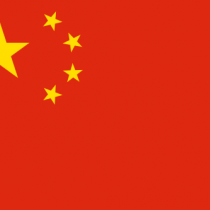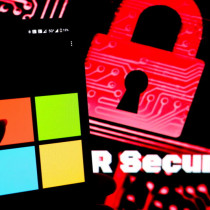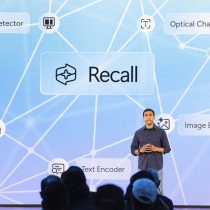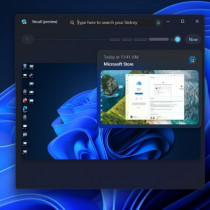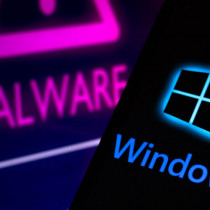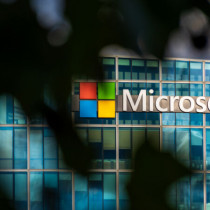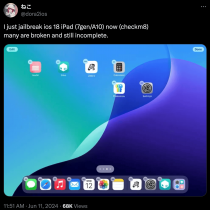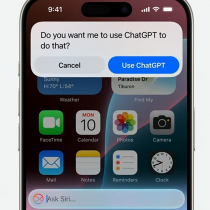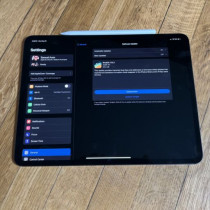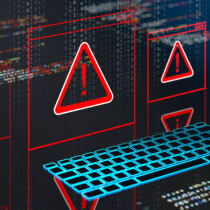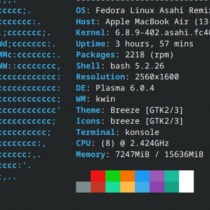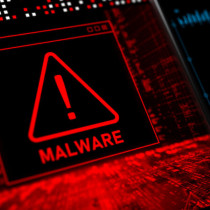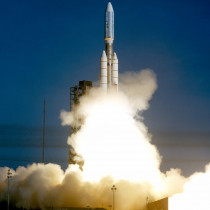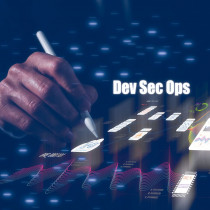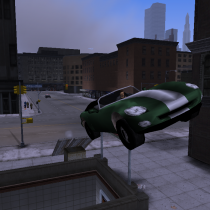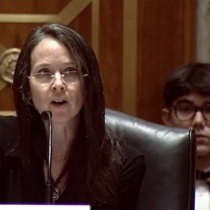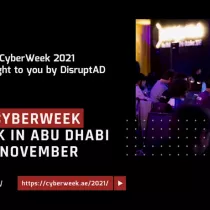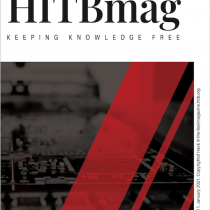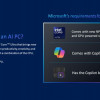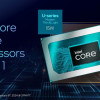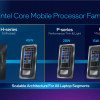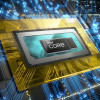Blackbook of AFS
------[
Introduction
AFS is commonly deployed as a distributed filesystem solution in academic
and research environments. This short article serves as an introductory
guide to publicly-accessible resources on AFS. As always, misuse of this
information by the reader is taken at his or her own peril. The current
incarnation of AFS grew out of research conducted with the Andrew FileSystem
at Carnegie-Mellon University, also home of the CODA distributed fs research
(http://www.coda.cs.cmu.edu/). AFS is now a commercial product, supported
and sold by the Transarc Corporation (www.transarc.com).
----[
Conventions
Resources
on AFS listed in this document will take the form of '/afs/cell name'.
As you will discover, certain hosts are only accessible from a gateway
immediately associated with the cell. For example, the node net.mit.edu
can only be reached from the outside (ie. using methods other than a local
fs mount) through the web.mit.edu AFS gateway. Where appropriate, these
access restrictions are noted.
----[
Basics
Terminology
cell : Multiple hosts within the same domain sharing a single fs image.
-
local cell : Describes a cell within the local domain.
- foreign cell : All cells not within the local domain.
- cell name : Usually a derivation of the FQDN.
node
: Generic term for any host on the network.
ACL
: Access Control List - who gets what, and how.
Technical
Access permissions of files and directories on an AFS cell are handled
independently of the underlying operating system permissions. Traditional
Unix fs permission bits are divided into read, write, and execute. The
AFS ACL groupings build on this concept and add extensions suitable for
distributed file-sharing.
Below
is a basic introduction to concepts and commands used to manage AFS; by
no means a complete treatment of the subject. See tutorials at
http://www.alw.nih.gov/Docs/AFS/AFS_toc.html and
http://www.slac.stanford.edu/comp/unix/afs/users-guide/afs-frames.htm
for more information.
ACL
bits
r : read : view directory and file contents
l : lookup : searching of a directory for filenames (recursive find)
i : insert : create a new directory or file
d : delete : remove a file or subdirectory
w
: write : modification of file contents
k : lock : owner's processes allowed to flock() in this dir
a : administer : user permitted to modify ACL for this resource
Commands
for ACL listing and modification
fs:
listacl (alias: la) : list access control list setacl
(alias: sa) .... set access control list
ex.
setacl secret.doc jsbach lidrw
pts:
Invoked as 'pts option' on the command-line. Manages protection groups,
which permit a smaller group of users to access resources owned by another
user.
options:
adduser -user user1 user2... -group : .... adds user(s)
to an existing protection group
removeuser
-user user1 user2... -group : .... removes user(s)
from a protection group
creategroup
: .... create a protection group
examine
. volume name of specified resource at
membership
-name (alternatively :) .... list protection
group membership for user
Protocol
information
AFS is implemented over wide-area TCP/IP networks, optionally authenticating
users with a modified Kerberos implementation. Client nodes utilize a
cache manager, which stores frequently-accessed data on a local disk for
faster retrieval.
Taken
from an unknown cell's /etc/service, the ports and protocols that make
AFS work its magic:
afs3-fileserver 7000/udp # file server itself
afs3-callback
7001/udp # callbacks to cache managers afs3-prserver 7002/udp # users
& groups database
afs3-vlserver
7003/udp # volume location database
afs3-kaserver
7004/udp # AFS/Kerberos authentication service afs3-volser 7005/udp #
volume management server
afs3-errors
7006/udp # error interpretation service
afs3-bos
7007/udp # basic overseer process
afs3-update
7008/udp # server-to-server updater
afs3-rmtsys
7009/udp # remote cache manager service
Gateways
Legitimate access to AFS is quite easy to obtain. Any alumnus of an institution
where AFS is widely deployed (MIT, CMU, Stanford, etc.) usually has an
account on a connected node. Additionally, it is not uncommon for admins
to grant research accounts on university systems to friends outside.
For
those without friends and we, the unwashed masses, there are gateways
which allow access to AFS through other services. In the early 1990's,
these were commonly found on institution FTP and Gopher sites. Today,
most gateways provide proxied access to AFS through the web. Transarc
provides the WebSecure product which is the most commonly used gateway
software.
AFS->web
gateway discovery is a matter of blind luck, although with the assistance
of a search engine, it is possible to select possible candidates. Two
commonly-used gateways are:
web.mit.edu
and www.transarc.com
The
MIT gateway is more controlled than the Transarc's. Of the 74 active cells discovered, MIT permits only 12:
andrew.cmu.edu
athena.mit.edu
cmu.edu
cs.cmu.edu
ece.cmu.edu
iastate.edu
ir.stanford.edu
net.mit.edu
northstar.dartmouth.edu
sipb.mit.edu
transarc.com
umich.edu
Some
cells local to mit.edu are accessible through the gateway with aliases,
namely: athena, dev, net, and sipb. These aliases and restricted-access
nodes are not enumerated.
Directory
This listing comes from an audit of active nodes accessible through the
transarc.com AFS->web gateway. From a dataset of 511 entries, 74 were
found to be active. The unofficial AFS FAQ (section 1.07) (/afs/transarc.com/public/afs-contrib/doc/faq/afs-faq.html)
assisted with identification of certain cells.
Data were collected from a recent CellservDB (/afs/transarc.com/service/etc/CellServDB.export)
and the output of 'ls /afs' on an AFS node. A simple script linking lynx,
grep, sort and awk produced the below listing. All listed nodes were verified
to be accessible from an external network on 07.22.1999.
##
Corporate (COM)|
#
Transarc Corporation
transarc.com
##
Education (EDU)|
#
Arizona State University
asu.edu
#
Boston University
bu.edu
#
Carnegie-Mellon University
cmu.edu
andrew.cmu.edu
ce.cmu.edu
cs.cmu.edu
# Top-level directory not browsable
ece.cmu.edu
me.cmu.edu
#
Cornell University
graphics.cornell.edu
msc.cornell.edu
theory.cornell.edu
# Dartmouth College
northstar.dartmouth.edu
#
Indiana State University
iastate.edu
#
Indiana University
ovpit.indiana.edu
#
Massachusetts Institute of Technology
athena.mit.edu
sipb.mit.edu
#
North Carolina Agricultural and Technical State University
ncat.edu
# North Carolina State University
eos.ncsu.edu
unity.ncsu.edu
#
Notre Dame
nd.edu
#
Pennsylvania State University
psu.edu
#
Pittsburgh Supercomputing Center
psc.edu
#
Rose-Hulman Institute of Technology
rose-hulman.edu
#
Stanford University
ir.stanford.edu
slac.stanford.edu
#
University of California at Davis
ece.ucdavis.edu
#
University of Chicago
spc.uchicago.edu
#
University of Illinois at Chicago (NCSA)
ncsa.uiuc.edu
# University of Maryland at Baltimore
umbc.edu
# University of Maryland
wam.umd.edu
#
University of Michigan
umich.edu
citi.umich.edu
engin.umich.edu
lsa.umich.edu
math.lsa.umich.edu
dmsv.med.umich.edu
sph.umich.edu
#
University of Pittsburgh
pitt.edu
#
University of Utah
utah.edu
cs.utah.edu
#
University of Washington
cs.washington.edu
#
University of Wisconsin
cs.wisc.edu
##
Government (GOV)|
#
Argonne National Labs
anl.gov
#
Fermi National Accelerator Lab
fnal.gov
#
National Energy Research Supercomputer Center
nersc.gov
#
National Institutes of Health
alw.nih.gov
#
Princeton Plasma Physics Laboratory
pppl.gov
##
Military (MIL)|
#
Naval Research Laboratory
cmf.nrl.navy.mil
cmf.nrl.navy.mil
##
Network
#
Energy Sciences Network
es.net
##
Organization (ORG)|
#
Esprit Research Network of Excellence (European Communities)
research.ec.org
# Open Software Foundation
ri.osf.org
##
Europe and Asia|
#
European Laboratory for Particle Physics,
Genevacern.ch
#Deutsches
Elektronen-Synchrotron
desy.de
#Univ.
of Cologne Inst. for Geophysics & Meteorology
geo.uni-koeln.de
#
DESY-IfH Zeuthen
ifh.de
#
Leibniz-Rechenzentrum Muenchen
lrz-muenchen.de
#Max-Planck-Institut fuer Astrophysik
mpa-garching.mpg.de
#
TH-Darmstadt
hrzone.th-darmstadt.de
#
Technische Universitaet Chemnitz-Zwickau
tu-chemnitz.de
#
Albert-Ludwigs-Universitat Freiburg
uni-freiburg.de
#
University of Hohenheim
uni-hohenheim.de
#
Rechenzentrum University of Kaiserslautern
rhrk.uni-kl.de
# University of Cologne
rrz.uni-koeln.de
#
University of Stuttgart
ihf.uni-stuttgart.de
mathematik-cip.uni-stuttgart.de
mathematik.uni-stuttgart.de
rus.uni-stuttgart.de
#
IN2P3 production cell
in2p3.fr
# CASPUR Inter-University Computing Consortium
caspur.it
#
INFN Sezione di Pisa
pi.infn.it
#
Real World Computer Partnership
rwcp.or.jp
#
Chalmers University of Technology - General users
others.chalmers.se
# Royal Institute of Technology, NADA
nada.kth.se
Interesting areas
Half of the challenge in network exploration is the act of finding fun
items to look at. The list below is by no means complete, and barely touches
the surface of what the author and others have collected over the years.
Enjoy, and good luck hunting.
/afs/andrew.cmu.edu/local/src/os/ .... Left over from a time when Irix
source resided there
./afs/ncat.edu/common/
.... Root directory of an Ultrix installation
/afs/ir.stanford.edu/users/c/l/clinton
.... Not the daughter of the U.S. President, but a reasonable facsimile
thereof which causes much excitement among readers.
/afs/rose-hulman.edu/users/manager/agnello/compromised/ .... AFS follows
the 'user-managed' philosophy of resource management, leaving it up to
individual users to secure the permissions on their own files. This unfortunate
admin forgot to set the permissions on data collected during a recent (08.08.1999) security compromise. The world, including the intruder, can
now browse his work and see what they have found.
/afs/umbc.edu/public/cores/
.... Corefiles from fileserver crashes at the University of Maryland.
No further comment.
/afs/net.mit.edu/reference/multics/
.... Once in a blue moon, you come along a gem like this one. Source code,
project notes, and electronic messages from the Multics project. ./udd/multics/Rochlis
contains the mail, messages, and notes in case you can't find it.
Greetings
Shouts and thanks go out to route and the r00t crew, ParMaster, cstone,
aleph1, and the Slackworks crew.
--
nicnoc
This
article first appeared in Phrack Issue #55 (Phrack
Magazine, Issue #55)
1.)
My stoopid ass mind (part 1 - Beer, cigarettes & friends)
- Kikkoman
2.)
Network ports -
L33tdawg
3.)
My stoopid ass mind (part 2 - Work,
handphones & people) - Kikkoman
4.)
Black book of AFS -
nicnoc
5.)
How to fake e-mail -
L33tdawg
6.)
Hi! I'm dead and I'm an alien -
deadalien



